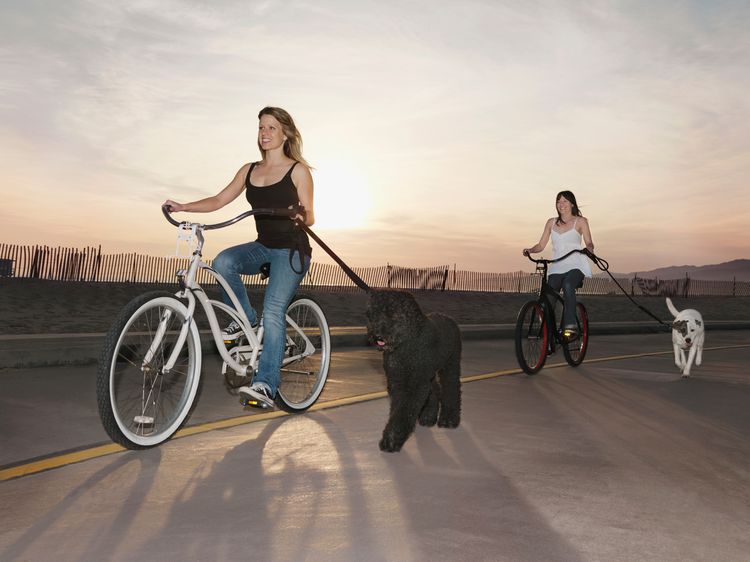
Exercise is an essential requirement for all dogs. It allows dogs to burn energy, stay in shape and healthy, and has many mental health benefits!
Walking dogs outside can be a great way to get some exercise for both you and your pet! But for some larger and more athletic dogs, being able to accompany you on a bike ride can be even better.
Some dogs crave exercise and have high energy levels. Their four legs can go much faster than our two, so a bicycle may be the perfect solution.
But how do you go about biking with your dog? Of course, safety, for both you and your pet, must always be the top priority. There are some pitfalls to avoid, and training and patience are necessary. But biking with your dog can be very successful and fun for both you and your dog if done correctly.
For serious enthusiasts, there is an official sport called bikejoring where the dog (or dogs) runs ahead of the bicycle and pulls it, using special equipment. There are even clubs and groups that meet and bikejor together.
As with any activity, but especially one involving animals and wheels, “safety first” is always the motto.
First, it is essential to make sure your dog is the type that physically can and will enjoy accompanying you on bike rides. These dogs are typically larger, more athletic breeds.
Smaller dogs, overweight dogs, dogs with arthritis or orthopedic injuries, dogs with heart or lung issues, or dogs that have breathing difficulties (brachycephalic breeds such as pugs or English bulldogs) are not good candidates for this activity. When considering biking with your dog, think about their health and energy level, and always consult with their veterinarian before beginning.
Monitor your dog closely throughout the ride and stop immediately if anything seems off. Watch for limping, slowing of their pace, trouble breathing, or overheating. Stop frequently for water breaks. If you are riding in an area with foliage, use a breakaway collar so that a snag does not cause an accident. Only ride paths that you are already familiar with and do not ride in areas where the pathway is not wide enough to accommodate your bike, your dog, and other people on the trail.
As the human rider, you should always be fitted with a helmet and other safety gear when riding the bicycle with your dog.
There are many products designed specifically for dogs that accompany their owners on a bike ride. Do not hold a regular leash in your hands while you bike with your dog; this can end up in a wreck.
Before starting, choose an appropriate harness or bungee leash that is made for dogs and bikes. Look for the bike attachments that will help to keep the leash from getting caught in the bike’s wheels and that provide some shock absorption if your dog suddenly pulls in a different direction.
Though many dogs enjoy going for runs with their owner on a bicycle, the situation is foreign at first, and the dog needs to be trained. The best candidates for running beside your bicycle are dogs that are already leash trained and have good manners while on walks/jogs.
If your dog pulls, stops, runs ahead, or cuts in front of you on walks, it will be necessary to do some leash training before attempting to take the dog out with a bicycle. If you can, work with a trainer to teach these skills and to fine-tune the relationship between you and your dog so that your communication while riding is strong.
After your dog is successfully leash trained, it is time to introduce it to your bicycle. Some dogs may be scared of the bike and run from its spinning wheels. As always, taking it slow and listening to your dog are essential to success.
Start by allowing your dog to just be near the bike at rest. Let them sniff and smell it. Once it is comfortable, you can move on to walking it while you push the bike beside them. Always praise the dog with petting or treats when they are calm and listen to your instructions.
If the dog becomes fearful or frustrated, take a break and do something else for a while. It might take a while for your dog to become comfortable with your bike. Be consistent and positive.
On hot days, leave your dog at home. During warmer months, consider early morning rides with your dog before the heat of the day. If your dog shows signs of heatstroke or heat exhaustion, seek immediate veterinary attention. Also, do not ride on hot asphalt with your dog. If the ground is too hot for you to touch, it's too hot for your dog's paws. Always bring water with you when you are riding.
Once the dog is comfortable being around the bike—both sitting and moving—you’ll want to start by taking very short, very slow rides. Pay attention to your pup and make sure they are enjoying the activity at all times. Stop and re-group if your dog is hesitant, seems tired, or tries to pull away.
Also, be mindful of the surfaces where you are riding. Pavement and asphalt can be too hot and also very rough on your dog’s paw pads. Always be sure to test the temperature of the surface and make sure your dog’s feet are not getting injured.
Additionally, keep in mind that running on hard surfaces can damage your dog’s joints. Avoid prolonged periods of concussive exercise, and if your pet has any joint issues—including arthritis—ask your vet before attempting this type of exercise.
· Biking may not be the best exercise option for dogs who tend to chase small animals such as squirrels or rabbits or dogs that will dart after other dogs they encounter.
· Young dogs whose bones are not fully calcified should avoid jogging on hard surfaces.
· A dog should never be forced to run along with a bicycle if it doesn’t enjoy it—a bike trailer might be a better option. Also, dogs should be paced at a jog or trot, never made to run full out.
· You should discuss your dog’s health and any new or increased intensity exercise plan with your dog’s veterinarian prior to starting.

How to Keep Your Kitten Safe While Playing
While letting your kitten play and explore is important to its mental development, you need to make sure that what it's playing with is safe.
Kitten Development From 6 to 12 Weeks
Learn how kittens develop during the first 6 to 12 weeks and what signs of development you need to look out for with these tips.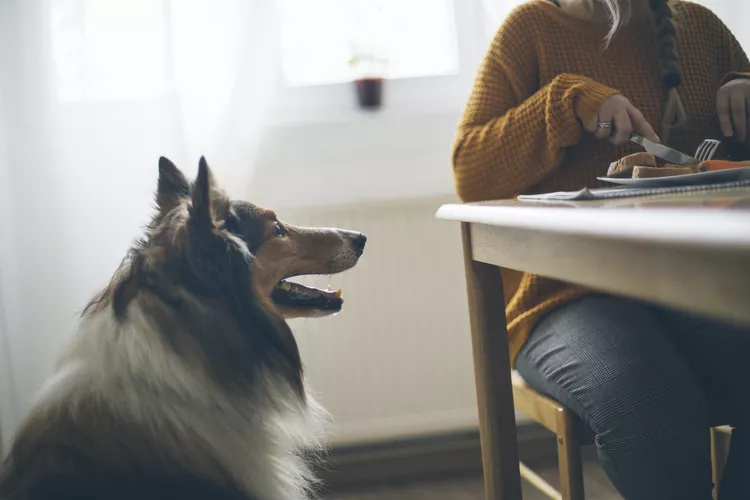
5 Common Foods In Your Pantry That Are Not Safe For Your Pets
One potato chip is not going to hurt your pet, but there are other foods that can. Learn which to avoid and some safe foods that can be used as treats.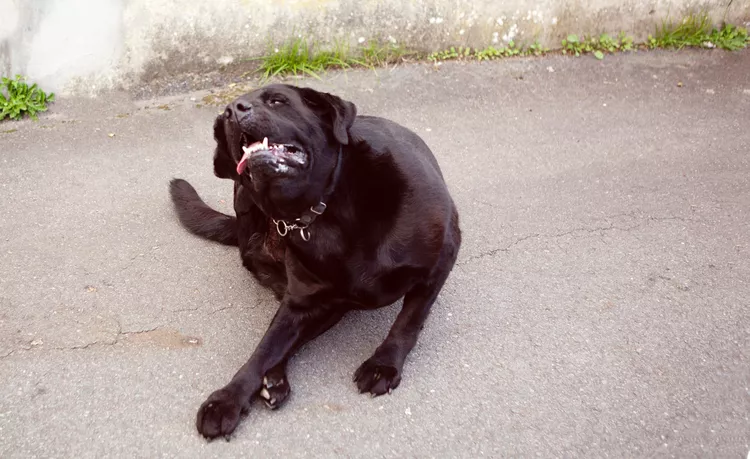
Fleas in Dogs
If a dog scratches, does that mean it has fleas? These biting bugs are no fun for dogs or their owners. Learn the causes, treatment, and prevention.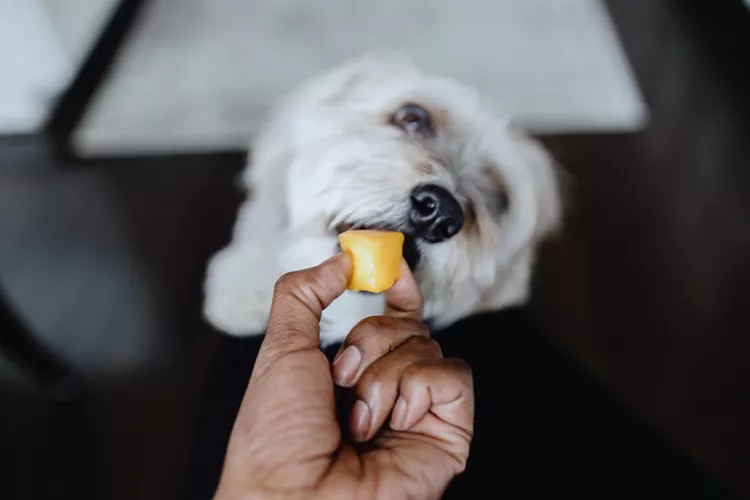
Can Dogs Eat Papaya? What to Know About Sharing This Tropical Fruit With Your Pup
Papaya is safe for dogs in moderation, and it can even provide some nutritional value for them. However, too much can cause digestive upset, and it's not suitable to share with dogs with certain health conditions.
Can Dogs Eat Parmesan Cheese?
It's no secret that dogs love cheese, but what kinds of cheese should you avoid? Is Parmesan cheese a good option to treat your pup to?
10 Cat Breeds That Have Blue-Colored Coats
Blue cat breeds have a uniquely colored coat that makes them stand out. The eye-catching blue coat often appears light to dark grey.
Sphynx: Cat Breed Profile, Characteristics & Care
The sphynx cat is a hairless cat breed known for their playful and affectionate nature. These cats do have special needs. Learn about the sphynx cat breed’s appearance, temperament, health, and care.
Border Collie: Dog Breed Characteristics & Care
Learn about the border collie, a popular herding breed. They're a smart and energetic dog that's also a great companion to the right pet parent.
Beagle: Dog Breed Characteristics & Care
Learn about the beagle, one of the most popular dog breeds in the world. They are known for being a cheerful, comical, loud, and energetic family dog.
How to Grow and Care for Living Stones
Find out how to grow living stones, unique miniature succulents that look like pebbles. This guide covers how to care for living stone plants, including watering them just right to keep them thriving.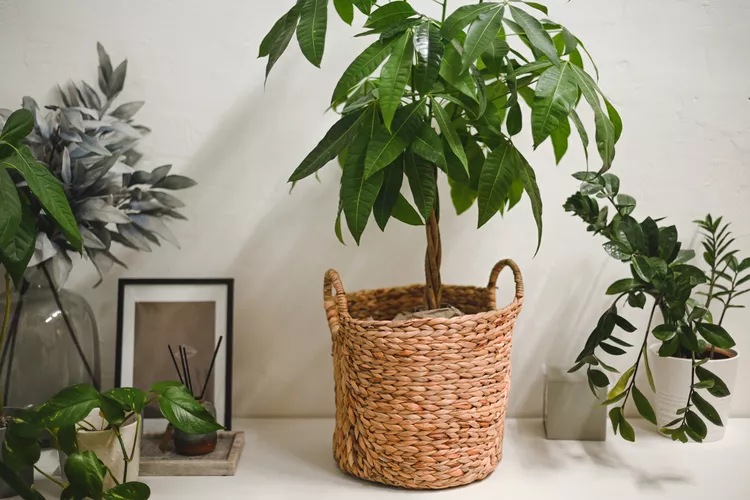
How to Grow and Care for a Money Tree Indoors
Money trees make beautiful, easy-care houseplants. Use this guide to grow a money tree indoors.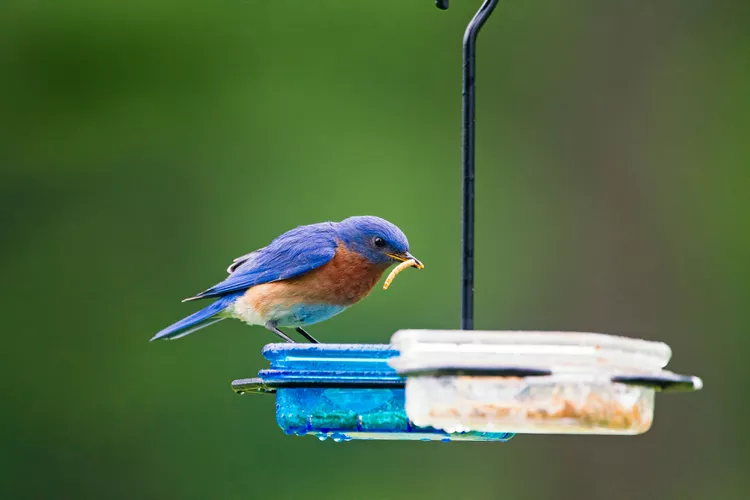
How to Attract Bluebirds to Your Yard: 11 Must-Know Tips
These tips on how to attract bluebirds will help you create a welcoming habitat. Discover the best types of foods, birdhouses, water sources, and more for attracting bluebirds.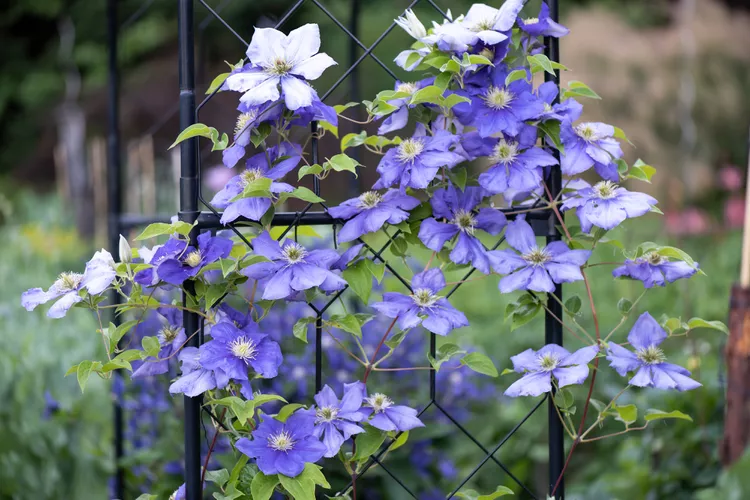
How to Propagate Clematis from Cuttings and Layering
Learn how to propagate clematis successfully with this step-by-step guide on two different techniques.
How to Plant and Grow Black Chokeberry
Learn how to use and care for this low-maintenance native shrub, including planting tips and the best types of black chokeberry to grow.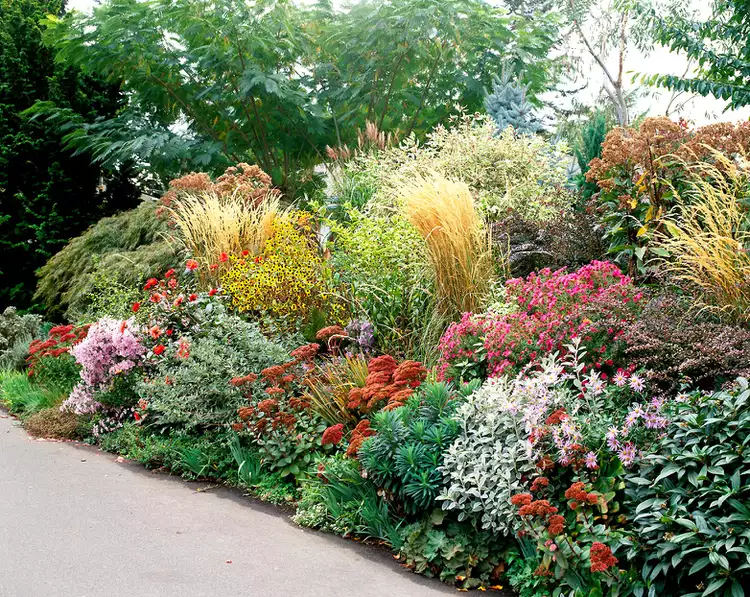
This Low-Water Garden Plan Will Look Vibrant Through Droughts
This low-water garden plan will keep your plants vibrant all throughout the hot, humid summer.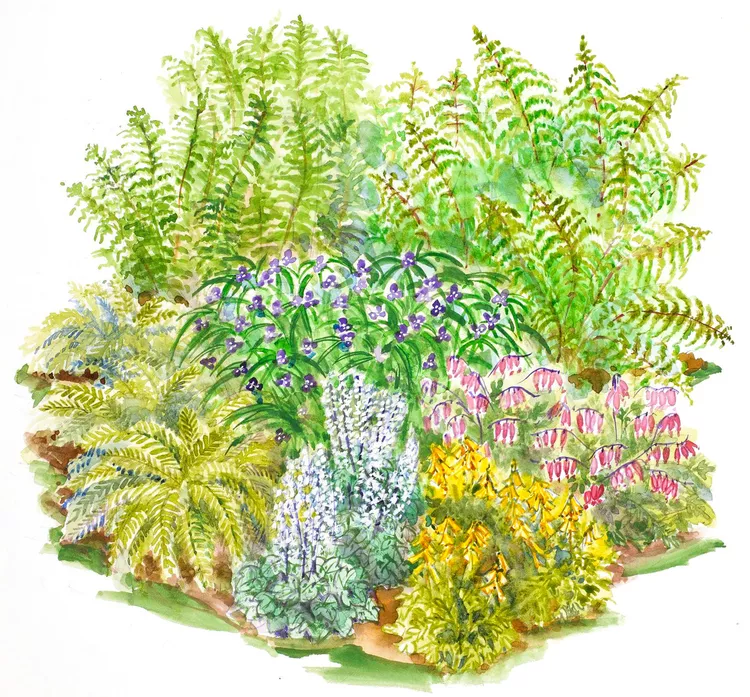
This Woodland Garden Design Overflows with Shade-Loving Plants
Easy-care native ferns add luxurious foliage from spring to fall. Other shade-loving perennials complement the soft textures with colorful blooms.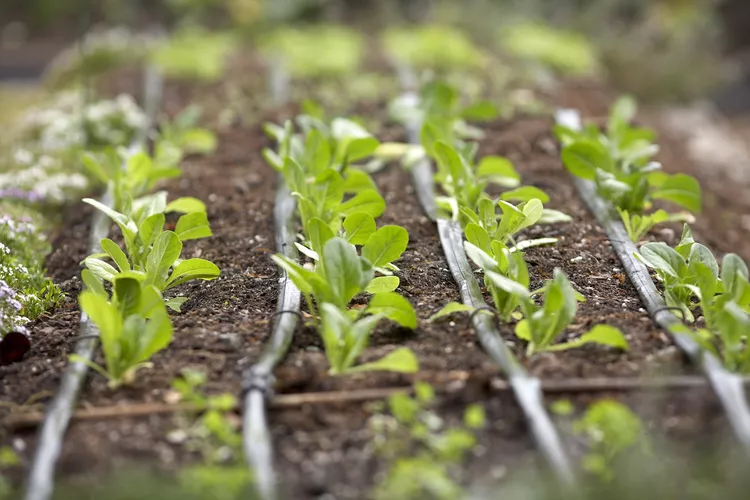
11 Essential Tips for Growing Vegetables from Seed for Beginners
These beginner-friendly tips on growing vegetables from seed will help you successfully kick off your edible garden in spring.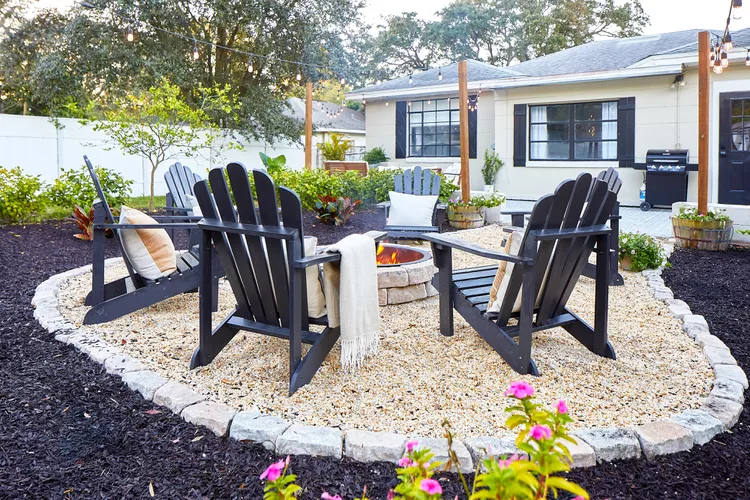
Should You Use Shredded Rubber Mulch in Your Garden?
Rubber mulch is widely touted as a game changer in landscaping, but does it live up to the hype? Find out the pros and cons of using rubber mulch.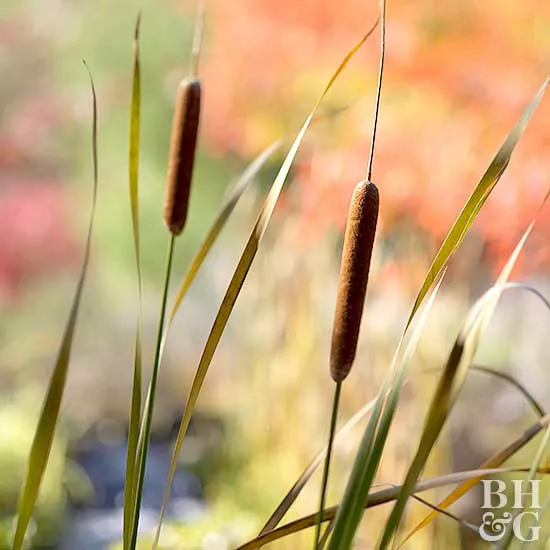
How to Plant and Grow Cattail
Learn to care for this easy-growing aquatic plant, including tips for pruning, propagating, and planting.